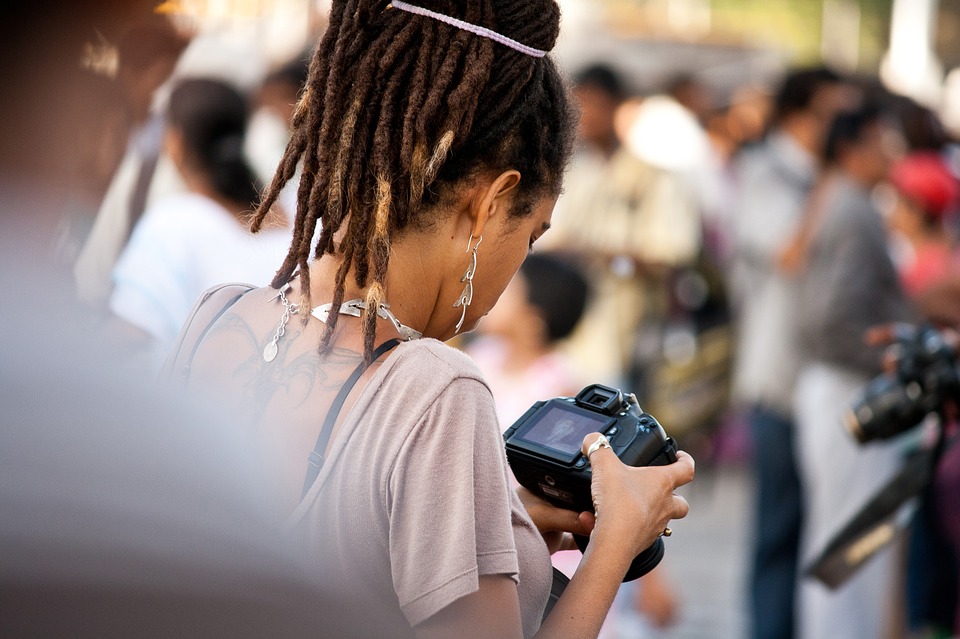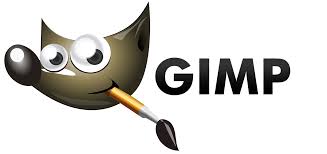For your ecommerce business, the photographs on your website speak for your work so it is necessary to have high-quality photographs on your website. For which you either need a professional photographer who is excellent in ecommerce product photography or you yourself need to have the finished knowledge of photography.
Nobody is a born photographer, you have to learn and practice to become a professional photographer. Ecommerce product photography is not an easy task, you require versed knowledge about the field. The most important factor of all is that, you need to have the thorough knowledge of your DSLR camera i.e. how it works and which function can be used for what.
If you are someone looking for help in the field of photography, you have arrived at the perfect location. In this article, we will guide you through few DSLR techniques which will help you improve your product photography. By the end of this article, there might be something new you have learned which might be helpful for your product photography.
Let us get out photography lessons started
Half Pressing The Shutter
Most of the beginners are unaware of this technique and there are few who fail to notice it. The shutter of your DSLR camera works on two level when the focus is set to auto. First, half pressing it locks the focus and other settings will give you a green signal or beep to notify that the subject has been locked. And further pressing the shutter will click an image. If you do not get the green signal after half pressing the shutter that means the picture is out of focus, so you need to do it again. And the most important thing to remember is that this function is not available in your manual focusing mode.
Eyepiece Diopter Adjustment
You might have wondered many times what does the knob with plus and minus sign beside the viewfinder do. Well, we have the solution to your confusion. The people wearing glasses can shoot without wearing glasses with the help of that knob. You can scroll it to match the value of your eyeglass and use it without glasses and it usually ranges between +3 to -3 or +5 to -5.
Custom Settings
If you are a monotonous photographer i.e someone who shoots his/her subject in a repetitive manner then, you can store your settings in custom settings button on the mode dial. For instance, if you are used to shooting a product inside your studio under same lighting conditions then you can store the settings in the custom mode. The custom modes for Canon are C1 and C2 and for Nikon are U1 and U2.
Firmware Updates
Keep your DSLR camera up to date with the latest firmware updates. The latest cameras in the market get frequent firmware updates to remove any software related error which may have been noticed after the rollout. The firmware number is listed in your camera menu, get that number and confirm the latest firmware on the website of that model.
Noise Reduction
The noise in your digital photographs is not pleasant to eyes, so it is recommended that you reduce the noise. Well, your DSLR cameras have some inbuilt program which can reduce the noise inside the camera itself after the image has been taken. However, this can be very time-consuming after each image depending upon exposure length. Also, you can remove some of the noise in post-processing.
Flash Diffuser
When doing the ecommerce product photography, the use of the inbuilt flash may result in the creation of harsh shadows and your product may look ordinary. So in order to avoid that, you can make use of a small diffuser or you can just wrap a small tissue paper around the inbuilt flash.
Faster Cards
The memory cards of your DSLR camera have a number on them like ‘Class 2′, ‘Class 4′, ‘Class 10′ etc. The greater the class the faster the card and using faster cards is very much beneficial. It improves your camera processing time and also increases the burst shooting capability.
Lens Hoods
A lens hood is also known as a lens shade. It is a device used on the front end of a lens to block the Sun or other light sources to prevent glare and lens flare. The other advantage of using a lens hood is that it guards your lens against bumps.
Retouching Tools
With the inbuilt retouching tools, you can crop, saturate, adjust contrast, remove red-eye, etc within the camera itself. This can come in handy when you do not have immediate access to your computer or laptop and need to do some retouching.
Use Histogram
Many beginners and even few professional photographers avoid using the histogram. But, a histogram is a very useful tool as with this you can determine the underexposed and overexposed area in an image. This will help you get the correct amount of exposure on your images.
Lock Images
Has it ever happened to you that you had accidentally deleted all the images on your camera? Well, yes many of us might have faced this situation. So in order to avoid that and save your precious data, lock your images. Just make a habit of locking your best clicks to avoid the whole by mistake deletion process. One important note here is that if you press the format button then there are no chances of your images being saved. As the format feature clears the whole storage irrespective of lock status.
These are few DSLR techniques that you should know in order to shoot great pictures of your product. If you put these into practice, you are one step closer to being a professional photographer. Keep clicking pictures to keep learning the art of photography. If you wish to know about more such tricks you can read this blog. Also, do let us know your thoughts on this blog in the comment section below.



